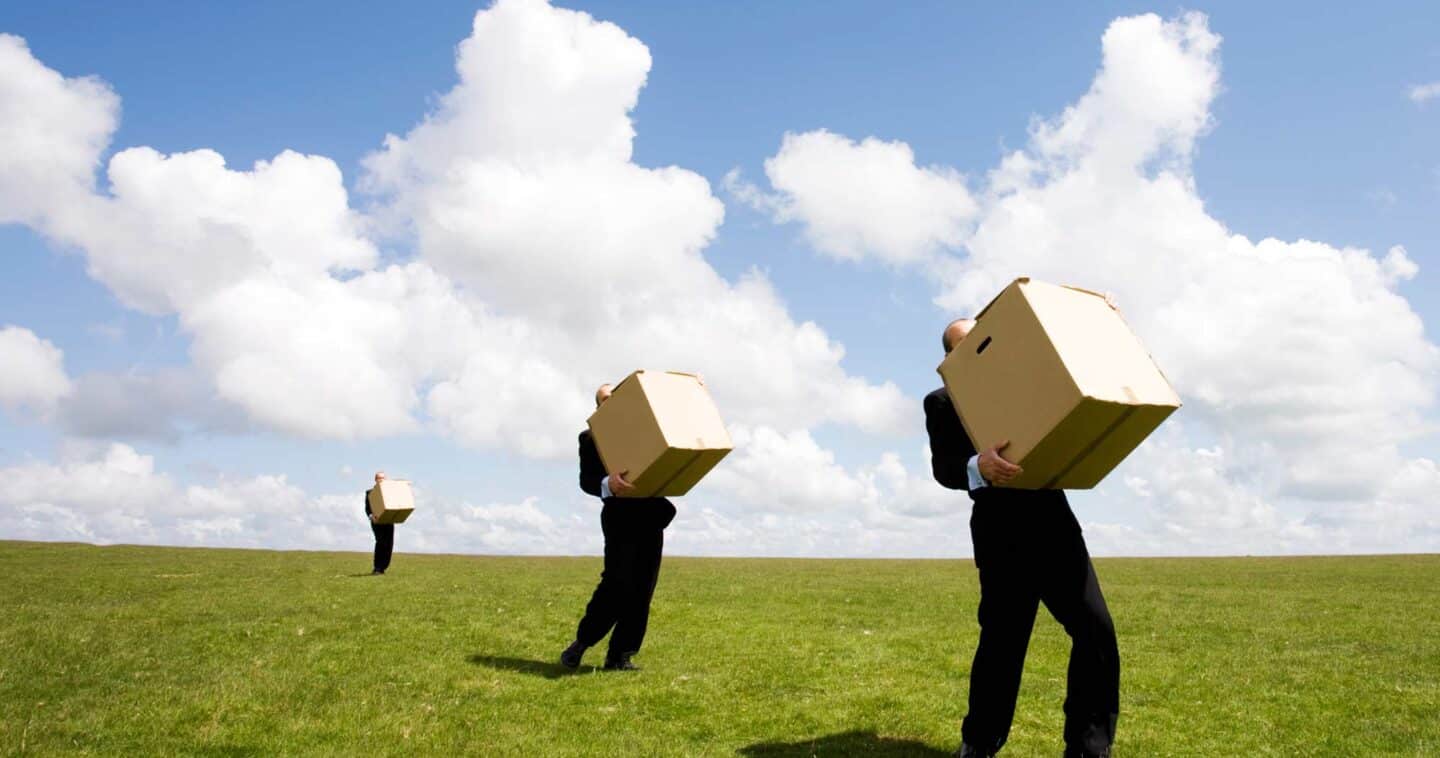My previous blog discussed the revolution that is currently taking place with more and more IT organizations making the move from using magnetic tape to using private cloud for long-term data retention and Disaster Recovery.
Moving from tape to cloud doesn’t mean you can just roll out the old tape library and replace the capacity with some private cloud and you’re done. Replacing tape with cloud is not difficult, but backup administrators need a plan to ensure minimal business disruption while maintaining data protection and achieving the best results.
The benefits of using disk-based private cloud for long-term retention are appealing, but moving from tape to cloud takes planning. These five tips will help make your transition from tape to cloud a lot easier.
1. Review your current data protection policies.
Backup may be one of the least glamorous jobs in IT, but it is no doubt one of the most critical and there are important policies and procedures that must defined and accurate. If you’re planning to move from tape to cloud, take this opportunity to review your current policies and procedures to identify inefficiencies and security vulnerabilities. Use this transition as an audit opportunity to improve the overall backup process, making sure to include critical tasks, but eliminating waste and security risks. In other words, use tape replacement as a catalyst to make manual processes more efficient and secure. This not only will help with the transition, it will also save your company money as well.
2. Do some “spring cleaning” of your tape inventory.
Tape storage facilities often look like a hoarder’s basement with dusty boxes of tapes that haven’t been touched for years or piles of unlabeled tapes because no one wants to take the time to check if the tapes are still good or if the data is still useful. It isn’t a fun job, but it has to be done, so use this project as an excuse to stop procrastinating and get it done.
[Tweet “Moving from tape to #cloud? Take these 5 steps first #backup #storage”]
3. Review your backup jobs.
Systems add more capacity, data gets moved or duplicated and projects are created or abandoned all the time. And often, the IT department is not notified of these changes. IT organizations need to periodically review their backup and replication jobs to ensure they are still protecting data that needs to be protected and not wasting time on data that is no longer needed. The problem is that most shops rarely have time to undertake this project or put such a low priority on it that it never gets done. Backup process cleanup may seem mundane, but it’s a necessary task that needs to be done periodically. It is also a part of the foundation of information lifecycle management, so you’ll get multiple benefits as a result of your efforts.
4. Coordinate with your networking team.
A major benefit of transitioning from tape to cloud is that the process of loading tapes into boxes and physically trucking them to an offsite location gets replaced with the electronic replication of backup data to an offsite location. This will have a significant impact on the network bandwidth required for moving terabytes of information. Backup Administrators must communicate these needs to their networking counterparts so they can plan accordingly. The networking folks are probably thinking about IP-based services like telephony, Web services applications and multimedia, so they’ll need to include backup data requirements in their plans for 10Gb Ethernet backbones, WAN architectures and ISP contracts.
5. Notify your security group.
Most backup administrators are novices when it comes to security, so remember that more online storage can mean more and/or different security risks. Get security managers involved in the tape replacement project to ensure that backup servers and private cloud storage devices are protected with the appropriate vulnerability scans, encryption and access controls, and that they’re included in security policies, procedures and operations.
Moving from tape to cloud. Proceed cautiously, but proceed!
Moving from tape to cloud will certainly help improve backup performance, data protection and operating overhead, but there’s still work to be done. Replacing tape with private cloud also presents a wonderful opportunity to review processes and procedures to eliminate waste. This transition should also be supported by data cleanup, network improvements and the appropriate security protection.
Data is an organization’s most vital asset. Your object-storage private cloud will deliver extreme reliability and help protect your data. Higher and predictable performance for recovery means you can deliver on your SLA’s and you can also leverage your historic data for discovery, analytics and insights while keeping costs at bay. With the price of some object storage systems being in the same range as tape, now is the time to change. Managers who plan carefully and make the move from tape to private cloud now will get the biggest bang for their buck.
Learn more:
- Blog: Why it’s time to bring Disaster Recovery into the cloud
- Solution Brief: The Power of Cloud at the Cost of Tape
- Video: Why Object Storage for Every Business
Private Cloud at the Cost of Tape
By combining our heritage of innovation as the company that first introduced the hard disk drive with modern technologies such as deduplication, we make it affordable for IT organizations to transition to cloud and finally get rid of tape. Learn about our ActiveScale™ family of products.



